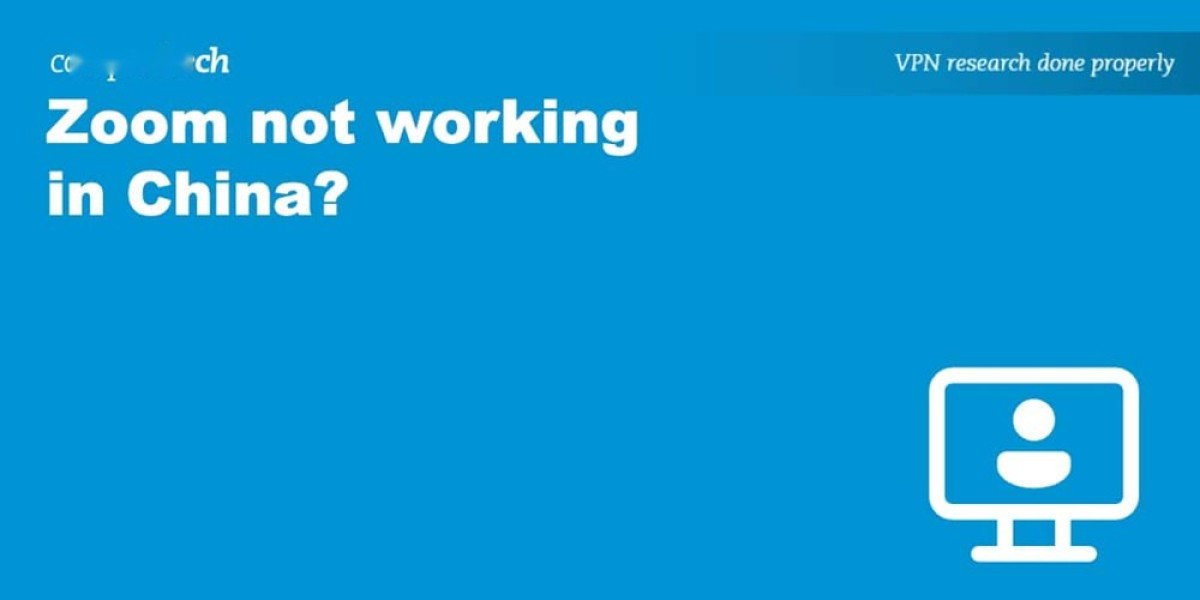The Silent Backbone: How Health Caregiving is Redefining Healthcare at Home
As the global population ages and chronic conditions rise, the need for compassionate, consistent, and skilled caregiving is more pressing than ever. The health caregiving market is quietly expanding to meet this demand—empowering families, easing the burden on hospitals, and playing a crucial role in patient recovery and quality of life.
Gone are the days when caregiving was seen merely as a domestic responsibility. Today, it is a structured, evolving field that spans home healthcare services, elder care, chronic disease management, and digital caregiving platforms.
Why Caregiving Is More Critical Than Ever
Caregivers serve as a lifeline for millions around the world. Whether it's helping an elderly parent manage medication, assisting someone with disabilities in daily activities, or supporting a loved one post-surgery, caregiving is deeply personal, emotionally intense, and often underappreciated.
With rising cases of Alzheimer’s, dementia, stroke recovery, and post-operative rehabilitation, the demand for professional caregivers and home health aides is accelerating. These caregivers offer more than just physical help—they provide emotional support, companionship, and a sense of stability for patients navigating tough times.
Who Makes Up the Caregiving Ecosystem?
The health caregiving ecosystem includes both informal and formal caregivers. Informal caregivers are often family members or friends, while formal caregivers include trained professionals like nursing assistants, geriatric care managers, and licensed practical nurses (LPNs).
Other key players include:
Home health agencies offering skilled nursing and therapy services
Care coordination platforms using AI to connect caregivers with patients
Remote monitoring solutions for chronic condition tracking
Mobile apps supporting medication management and appointment reminders
This interconnected network ensures that caregiving can be delivered seamlessly—especially in home-based settings where most patients feel the most comfortable.
Market Pulse: Growing with Compassion
The health caregiving market is seeing steady growth thanks to several influencing factors:
Aging population: By 2050, over 1.5 billion people globally will be over the age of 65. With age comes increased dependency on caregivers.
Rise of chronic diseases: From diabetes to cardiovascular issues, chronic illnesses require regular care outside hospital walls.
Shift to home-based care: COVID-19 underscored the need to decentralize care. People now prefer recovery and monitoring in the safety of their homes.
Digital transformation: Telehealth, mobile apps, and smart caregiving devices are modernizing how care is delivered.
North America dominates the current caregiving landscape due to advanced healthcare systems and greater awareness. However, Asia-Pacific is expected to see rapid growth due to increasing elderly populations and evolving family structures.
Challenges Faced by Caregivers
Despite its importance, caregiving isn’t without its hardships. Many caregivers face:
Emotional burnout and physical exhaustion
Lack of training and support
Financial strain due to unpaid or underpaid caregiving roles
Navigating complex medical conditions without adequate guidance
To address these, governments and organizations are pushing for caregiver training programs, caregiver stipends, and tech-enabled support systems that ease the daily burden.
The Rise of Tech in Caregiving
Smart technology is redefining caregiving. Devices like wearable health monitors, fall detection sensors, and GPS-enabled trackers allow for real-time updates and alerts. AI-powered platforms can detect anomalies in patient behavior, suggest interventions, and even schedule medications.
Apps that offer mental health support, caregiver communities, and access to health professionals are bringing emotional and logistical relief to those providing care. These innovations are not just conveniences—they are lifelines.
Redefining the Role of Caregivers
The role of caregivers is expanding beyond simple assistance. They are becoming advocates, educators, and facilitators of independent living. As healthcare systems move toward holistic, patient-centered models, caregivers are essential partners in long-term health management.
Investments in caregiver training, emotional support, and financial compensation will be critical in building a sustainable caregiving framework in the years ahead.


